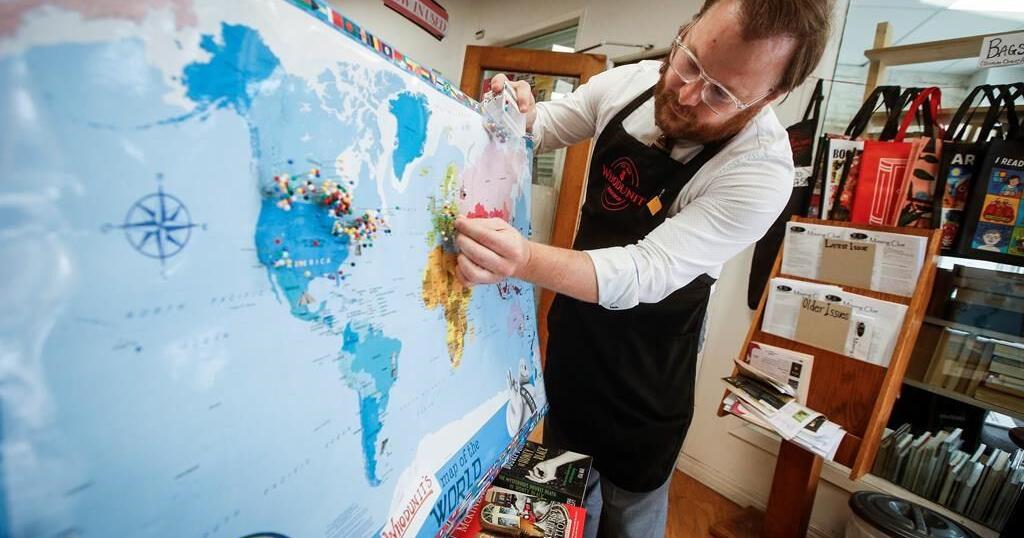TORONTO – Images of cars and SUVs stranded in flooded roadways with water rising past their windows have flashed across news and online feeds this summer as the Greater Toronto Area weathered torrential downpours that caused havoc for drivers in certain areas.
The visuals, and the stories of water rescues that have accompanied them, may have raised questions for motorists on how to best react if they find themselves in similar situations in the future, with emergency services saying there are several steps that can be taken to reduce risks.
“The first approach, of course, is to avoid areas of water,” said Deputy Chief Stephane Malo of Mississauga Fire and Emergency Services, which has had to carry out several water rescues in the city this summer, including 22 this past weekend.
“Vehicles can be stranded in water … and it’s a very hazardous thing for people to be stuck in their car.”
The first preventive step might mean altering plans for the day amid severe weather conditions and forecasts that issue warnings about them, he said.
“If you anticipate as you’re driving your vehicle that there is a fair amount of water in front of you on the street, perhaps (it’s) best to avoid, turn around and don’t drown – avoid the area at all costs.”
If a driver does find their vehicle stranded in floodwaters, they shouldn’t try to leave, unless their car is being carried away by the force of the flood, Malo said.
It’s safer to wait for emergency services to come and help, he said.
Parts of southern Ontario, including Toronto and Mississauga, saw torrential downpours last Saturday, with 128.3 millimetres of rain falling at Toronto Pearson Airport, breaking a previous record of 126 mm in 2013.
The previous month, parts of both Toronto and Mississauga saw flooding as the cities were soaked with rain in a short period of time on July 16. The severe weather flooded major highways and certain city streets, with some cars largely submerged in muddy waters and their occupants stranded.
Several water rescues were carried out for those in cars stuck on Toronto’s flooded Don Valley Parkway and images and videos of those submerged circulated online.
Geoff Boisseau, division commander at Toronto Fire Services, which was involved in multiple rescues, said all vehicles should not drive onto flooded roads, but smaller vehicles in particular are at greater risk since they do not have as much clearance from the ground.
“I would say that is the number one thing because the odds are your car is not going to make it through,” he said, adding that roads by rivers are particularly dangerous.
If someone does get stuck in a car that’s stranded in floodwater, they should call 911 as soon as possible, he said.
John Davidson, division chief at Toronto Fire Services, said drivers should also be aware that flooded roads could have low-lying areas covered with water that drivers may be unaware of but vehicles might become stuck in.
If water rises quickly, it puts a lot of pressure on vehicle doors, making them difficult to open, he said, so “you have a higher risk of not getting out of your vehicle.”
“It is not worth it,” he said of driving onto a flooded roadway.
“(A flood) would move a car quite easily, if it gets into a significant swift water event and then you’re just putting yourself at risk and being put somewhere where we cannot get to you.”
The recent floods, and the water rescues they have necessitated, have also highlighted the need for fire crews to have the training and expertise to respond to all sorts of emergencies, whether they are related to fires, floods or even elevators, which often result in emergency calls during power outages caused by severe weather, Boisseau said.
“This is something that we’ve learned in the fire service and we’re becoming more aware,” he said. “We’re pushing forward with more training on also not just the water disciplines but all the things that go with it.”
This report by The Canadian Press was first published Aug. 22, 2024.




















